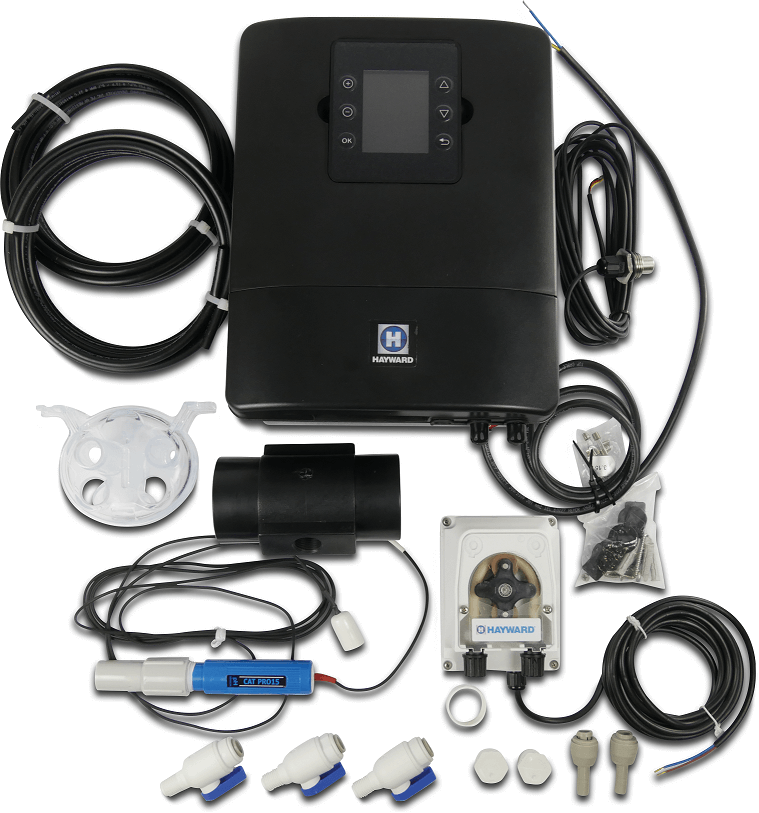Renovate your pool to be more sustainable
Are you considering to renovate your pool to be more energy efficient or more sustainable? Are you dissatisfied with your pool water quality? Do you simply want your pool to have a fresh look? Check out our renovation suggestions and popular products.
Smart sustainable substitutes
- Replace a single speed pool pump with a variable speed pump
- Replace an on/off heat pump with a full inverter heat pump
- Replace a traditional dosing system with a (low) salt chlorinator and add a UV lamp
Save energy with a pool cover
Adding a pool cover is a great way to be more energy efficient. We offer bubble covers which increase the water temperature by absorption and transmission of solar radiation, reducing evaporation and preventing wind-borne debris from entering the water.
Restore water quality
Ready to spare yourself time and worries by always having the best water quality in your pool?
- Replace manual dosing with an automatic dosing system
Sustainable energy saving packages for your pool
For your convenience, we can put together the perfect sustainable and energy-saving package to improve your pool. We are here to advise you.
Get informed on our energy saving package
Or order now, and add these products to your basket:
Make your pool look brand new with our liners
Is your pool already energy-efficient and sustainable? Then perhaps it could do with a fresh new look. Have a look at our range of liners in different colours and patterns.
Frequently Asked Questions
How much energy can I save when I switch from a single speed pump to a variable speed pump?
|
Speed(RPM) |
Flow(l/min) |
Power(W) |
|
3450 |
250 |
2000 |
|
3000 |
208 |
1157 |
|
2400 |
167 |
593 |
|
1800 |
125 |
250 |
|
1200 |
83 |
74 |
|
600 |
42 |
9 |
How do you replace a chlorine dosing system with a low salt system?
Integrating solar panels with the heat pump
How much water can I save if you switch from a sand filter to a cartridge filter ?
How much energy can I save when I switch from an on/off heat pump to an inverter heat pump?
How much can I save by replacing halogen bulbs with LED bulbs?
Frequently Asked Questions
|
Speed(RPM) |
Flow(l/min) |
Power(W) |
|
3450 |
250 |
2000 |
|
3000 |
208 |
1157 |
|
2400 |
167 |
593 |
|
1800 |
125 |
250 |
|
1200 |
83 |
74 |
|
600 |
42 |
9 |










